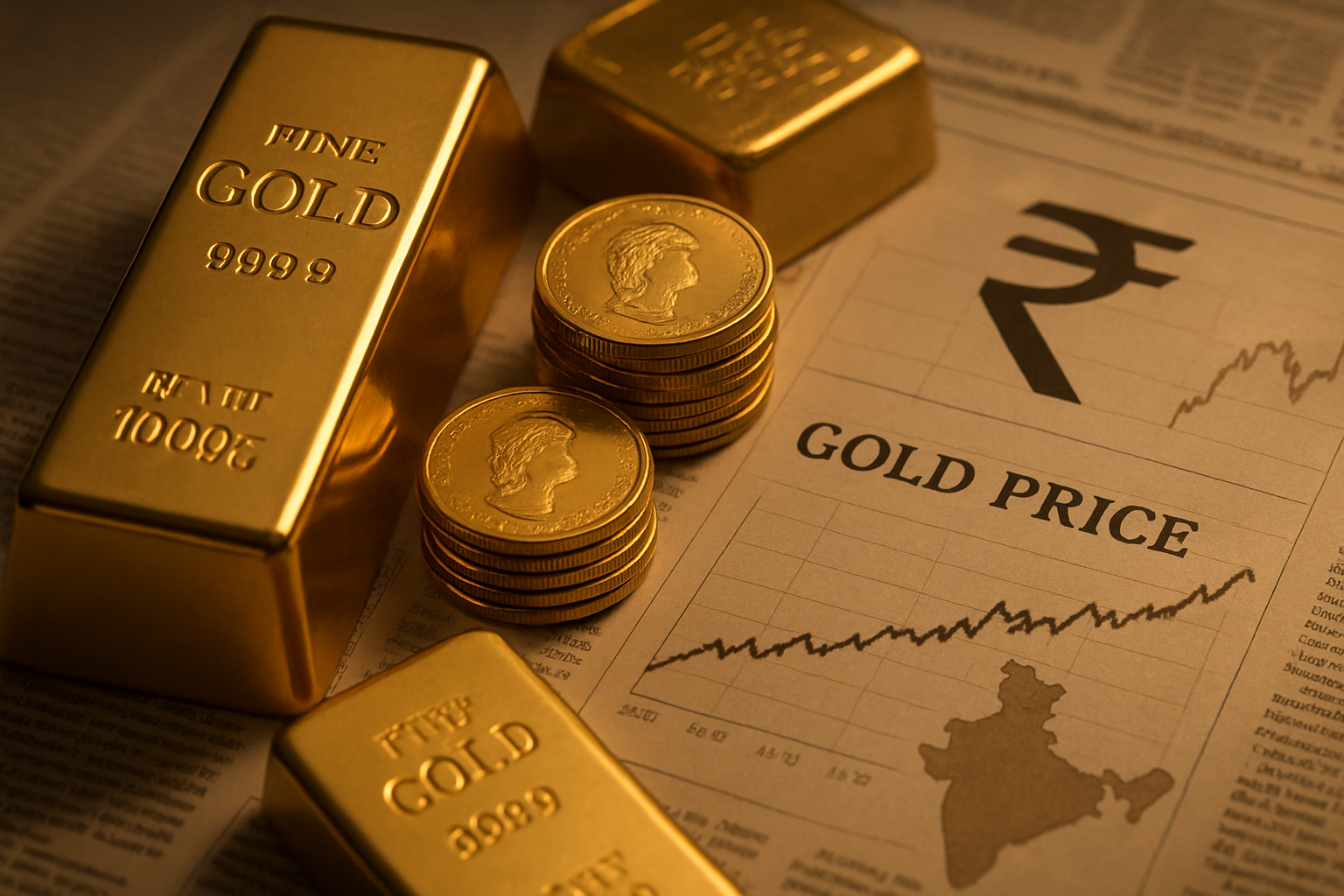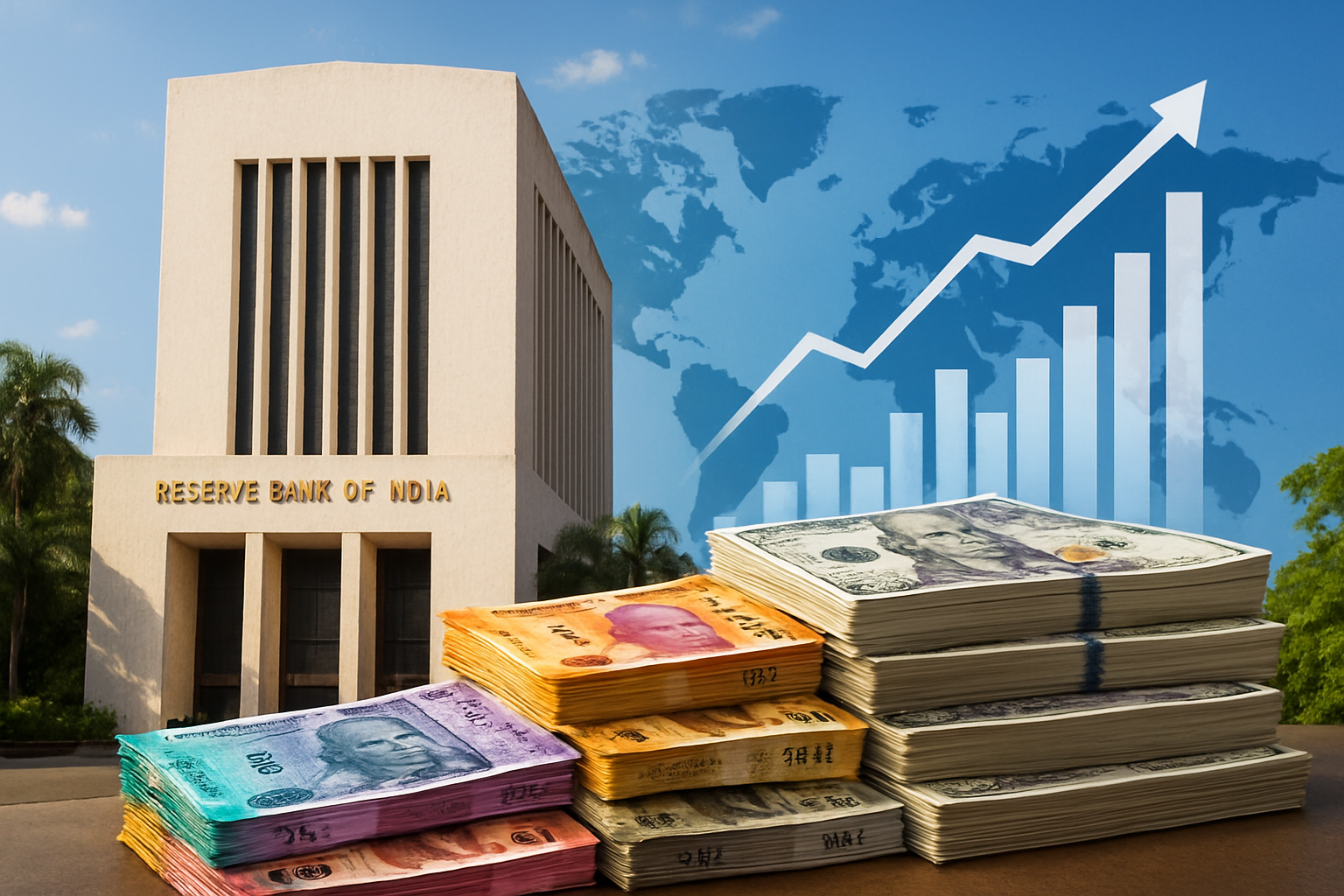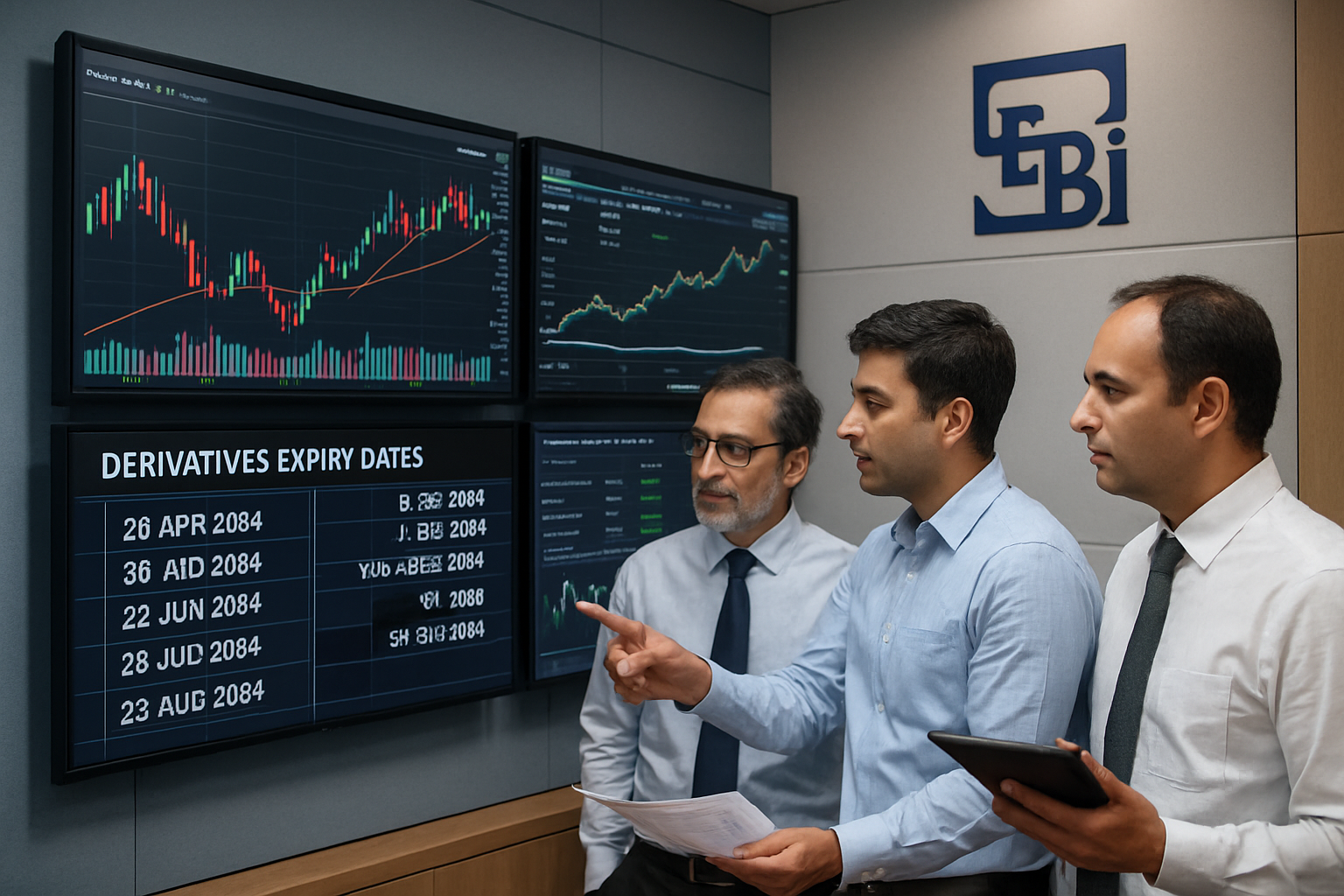As global financial markets respond to rising geopolitical risks and economic headwinds, investors are increasingly turning to safe-haven assets. In a striking development, gold prices in India have reached a historic peak of Rs 94,150 per 10 grams, underscoring both domestic demand and international market dynamics.
Surge in Indian Gold Prices: A Record Milestone
Gold of 99.9% purity recorded an unprecedented jump of Rs 2,000, climbing from Rs 92,150 to Rs 94,150 per 10 grams—marking the sharpest two-month spike in recent history. Gold of 99.5% purity also surged from Rs 91,700 to Rs 93,700, reflecting heightened retail and stockist activity.
Data from the All India Sarafa Association points to robust buying by jewellers and wholesalers as key drivers behind the price momentum. Bullish sentiment extended into futures markets, with June contracts on the Multi Commodity Exchange (MCX) increasing in tandem, signaling investor confidence in continued upward movement.
This historic rally reinforces gold’s role as a widely trusted inflation hedge amid rupee volatility and inflationary concerns. Market watchers attribute this fervent demand to strategic buying ahead of potential global rate shifts and domestic festival-related consumption patterns.
Global Economic and Geopolitical Drivers
The sharp uptick in Indian gold rates mirrors global price movements, fueled by intensifying geopolitical risks and economic slowdown fears. Spot gold surged to an all-time high of $3,149.03 per ounce, while Comex gold futures reached $3,177 per ounce—buoyed by escalating uncertainty across major markets.
Geopolitical tensions, particularly the deteriorating US-Russia relationship and trade tariff threats, have amplified investor anxiety. These developments have accelerated capital flows into gold, historically viewed as a shield against instability and currency depreciation.
Compounding this trend is growing speculation that a weakening US economy may prompt the Federal Reserve to initiate interest rate cuts. A softer dollar typically bolsters gold’s relative appeal, making it more attractive for international buyers and pushing prices further upward.
Strategists view this global rally as a pivotal inflection point, urging investors to closely monitor macroeconomic indicators, including inflation prints and central bank policy cues, which may significantly influence future gold price trajectories.
Implications for Indian Investors and Wealth Management
As gold prices in India surge to a historic Rs 94,150 per 10 grams, investors are increasingly assessing how this milestone fits into broader wealth-building strategies. Traditionally viewed as a safe-haven asset, gold is once again proving its relevance in times of global tension and economic uncertainty.
The sharp upswing is prompting many Indian households and individual investors to revisit their portfolio composition. With inflation hovering above comfort zones and the rupee experiencing periodic volatility, incorporating gold as a strategic hedge makes prudent sense. For example, the Multi Commodity Exchange (MCX) has seen a consistent rise in gold futures contracts, suggesting growing investor conviction in gold’s long-term stability amidst market disruption.
What does this mean for wealth preservation? Simply put, gold continues to offer a non-correlated asset class that acts as a buffer during equity drawdowns or currency depreciation. This is particularly vital for Indian portfolios, where assets are often concentrated in equities and real estate. The recent divergence between gold and silver performance—despite silver dropping by Rs 500/kg—further validates gold’s resilience and unique investment profile.
For investors considering asset realignment, it’s crucial to evaluate factors such as global central bank policies, US Federal Reserve interest rate expectations, and ongoing geopolitical tensions. These macroeconomic forces shape demand dynamics and influence the rupee’s performance, impacting real returns on gold holdings.
Additionally, gold supports goal-based investment strategies. Whether saving for a child’s future, planning retirement, or looking to diversify an existing portfolio, gold acts as a long-term stabilizer. While short-term volatility may persist, historical trends highlight its durability and value retention over decades—especially during economic downturns and policy uncertainty.
Investors should also stay alert to regulatory developments and shifts in domestic import duties, which can affect price movements. A well-informed approach—grounded in data-driven analysis rather than market speculation—is key to optimizing gold allocations in a diversified investment strategy.
Contact MintByte today to discuss investment opportunities that suit your goals.
🗓 Book a Meeting: 📩 Meeting Link
📝 Contact Us: 📋 MintByte Contact Form
Disclaimer: The information provided herein is solely for informational purposes. It should not be construed as investment advice, an offer to sell, or a solicitation of an offer to buy any securities or financial products. Mintbyte is not liable for any losses incurred from using this information. Investors are strongly advised to seek independent professional advice and carefully consider their investment objectives, risk tolerance, and financial situation before making investment decisions.







